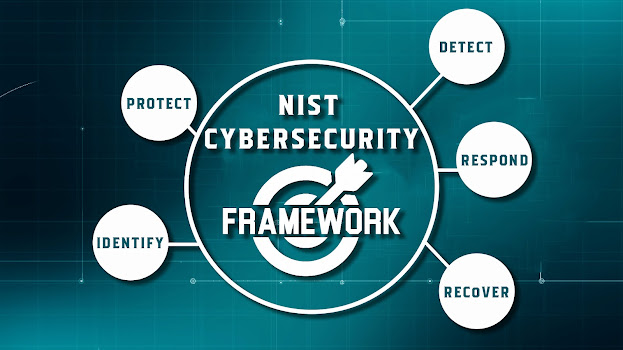Single Sign-On (SSO): Enabling Single Sign On (SSO) as a method of access control not only allows secure authentication across multiple applications but also guarantees its efficiency by giving users the ability to log in just once instead of repeatedly entering their login details across apps, making management less cumbersome for both parties involved—end users as well as system administrators. Furthermore, verifying credentials just once provides added privacy protection against phishing threats that may happen as a result of repeated requests from customers, clients, and users from diverse industries, demographics, countries etc. providing them peace of mind when accessing sensitive data digitally, which ultimately leads to higher satisfaction levels all around.
AdvantagesSingle Sign On (SSO) offers numerous benefits, such as:
1. Enhanced User Experience: By adopting an SSO solution. Administrators can empower users with seamless authentication across multiple applications or services. Users can log in once using their central credentials without requiring manual input at every interaction point. As such. This fosters a more productive environment for all stakeholders involved while enhancing security features that prevent unauthorized use by bad actors as well as user errors.
2. Improved Security: SSO eliminates the need for users to manage multiple login credentials, which reduces the risk of weak and easily guessed passwords. Additionally, SSO allows administrators to set strong password policies and implement multi-factor authentication to further improve security.
3. Increased Productivity: SSO allows employees to easily switch between applications without needing to re-enter their login credentials. This saves time and improves productivity by eliminating unnecessary login steps.
4. Cost Savings: With SSO, organizations can reduce the cost of password resets and help desk support by eliminating the need for users to remember multiple login credentials. Additionally, SSO can simplify the process of adding or removing users from multiple applications, reducing administrative overhead.
5. Better Compliance: SSO can help organizations meet compliance requirements by providing better visibility and control over user access to applications and services. This allows organizations to more easily monitor user activity and enforce access policies.
There are several SSO (Single Sign-On) technologies available, including:
1. OAuth (Open Authorization) - a standard for authorization that allows users to share their data without sharing their credentials. It is commonly used for user authentication and authorization on APIs.
2. OpenID Connect - a layer built on top of OAuth that provides authentication capabilities, commonly used for providing login functionality to web and mobile applications.
3. WS-Federation (Web Services Federation) - a protocol for federated authentication and authorization between different organizations.
4. CAS (Central Authentication Service) - an open-source single sign-on system that provides authentication capabilities across multiple web applications.
Conclusions
Single sign-on (SSO) undeniably proves its worth as an asset to individual network users and corporations in various ways. The convenience of using one set of login credentials gives users access to several software applications seamlessly interlinked together, ensuring better data protection protocols and minimizing possible cybersecurity infringements caused by weak passwords or a lack thereof. With corporate environments particularly in mind, single sign-on leads straight to improved operational efficiencies by streamlining employee login experiences without sacrificing network integrity through risky tandem password sharing techniques or collusion amongst rivaling teams with shared common applications doing this enhances staff actions monitoring and gives more DLD responsibilities considering restricted server functions access on demand. In its closing statement, its benefits, including better privacy controls, more streamlined operational workflows, and increased overall efficacy levels that bode well for today's fast-paced work environment, prove clear evidence supporting implementation. Single-sign-on procedures across the industry
Related Articles:





0 Comments